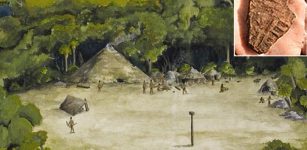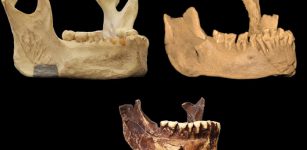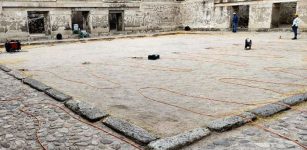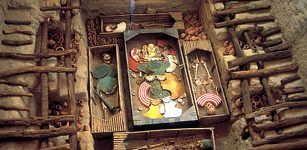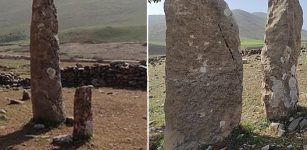Ancient History Of London Revealed On Roman Tablets
MessageToEagle.com – For the two last years, Britain’s top Latin experts have been trying to translate dozens of texts written on Roman wooden writing tablets. These are the earliest written texts ever found in Britain, and they have now been revealed to the world.
The Roman tablets describe the ancient history of London and scientists are describing the find as an extraordinary archaeological discovery that has allowed the first Londoners to speak again.
The Roman tablets were found deeply buried in waterlogged ground just 400 meters east of St Paul’s Cathedral. All the ancient documents – written between 43 AD and around 80 AD. The ancient texts offer the first ever relatively detailed series of brief written accounts of what London was like in the first forty years of its existence. One of the texts also includes the city’s earliest known financial document. It is dated 8 January, 57 AD, and refers to a debt of 105 denarii (around £10,000 in modern equivalent terms).
The Romans established Londinium on the current site of the City of London around 43 AD.
The first definite mention of the city refers to the year 60 AD and occurs in the writings of the Roman historian and senator, Tacitus, who wrote of a celebrated center of commerce filled with traders.
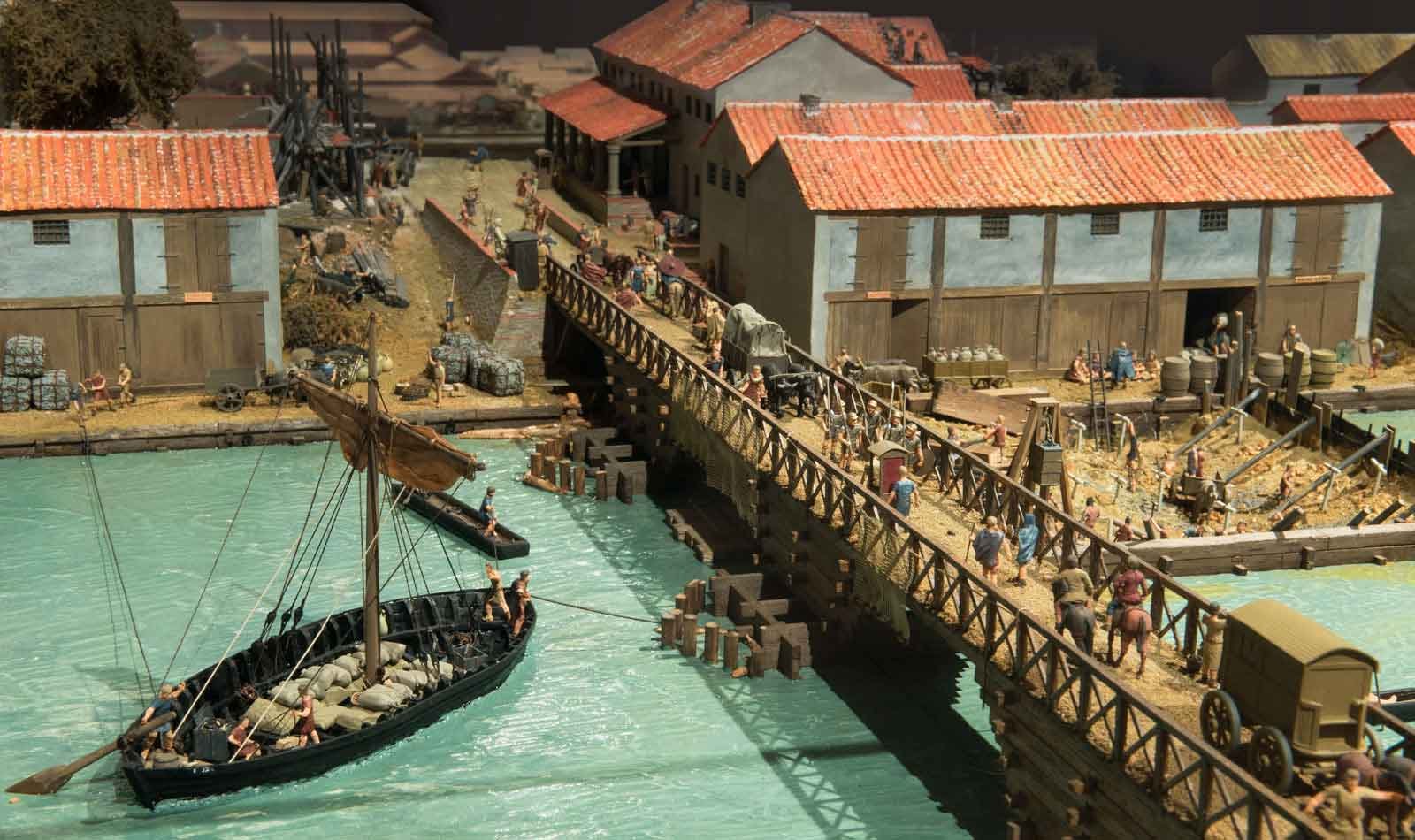
By the reign of Hadrian, Britannia was a fully developed province of the Roman Empire. One of the Roman outposts was Londinium, which eventually transformed into one of the world’s most famous modern cities – London.
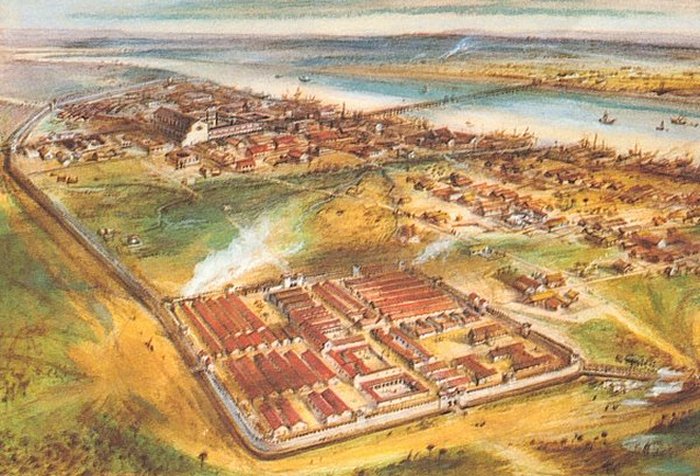
The newly translated Roman wooden writing tablets reveal that many early Londoners were Celts, almost certainly from Gaul as well as from Britain. Other early Londoners were Germans, especially some of the city’s military garrison) and possibly Lusitanians, from what is now Portugal).
London became a major commercial and financial center fast. Half of the translated documents concerns loans or debts. Other manuscripts are about freight transport and trade.
See also:
Londinium: Ancient Roman Outpost That Became Powerful City Of London
Brutus Of Troy: First King Of Britain Or Just A Myth?
London’s Underground Rivers Were Deliberately Hidden
The city had a high status almost from the beginning. One document refers to a member of governor’s personal bodyguard. Its presence in London is additional evidence that the governor was almost certainly based there.
Another manuscript, indicating London’s high status, suggests the presence in the city of a former member of a Roman emperor’s bodyguard unit, the famous Praetorian Guard. However, whether he was in London to help train the governor’s guards or whether he was one of his senior officers is not known.
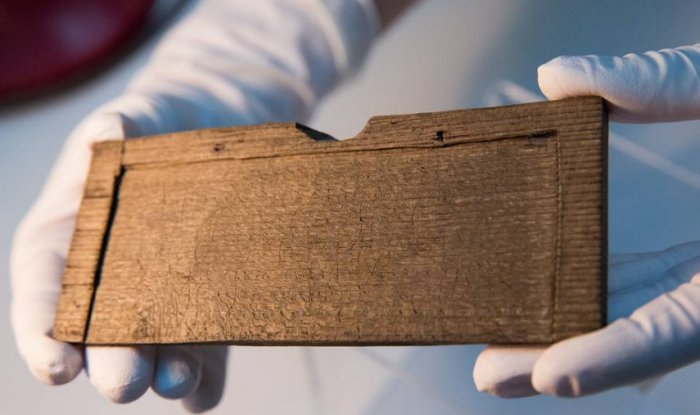
What is truly intriguing is that virtually all the early Londoners and other British-based Romans mentioned in the newly studied documents are individuals who were previously unknown to history.
One particularly interesting exception is an important Gallo-Germanic nobleman called Classicus who, it now seems, was posted to Britain (probably in 61 AD) to reinforce the Roman military presence immediately after Boudicca’s revolt – but who subsequently helped stage an anti-Roman uprising of his own – centered on and around the lower Rhine region in 69-70 AD.
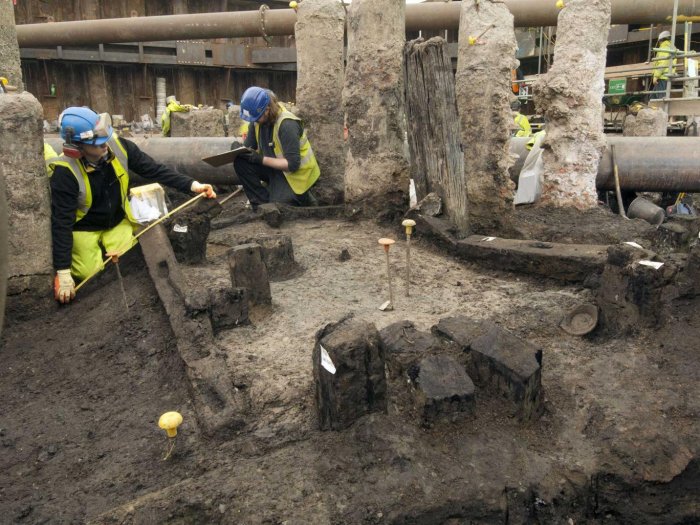
The decipherment has not been an easy task. Originally most of the wooden writing tablets were covered with blackened beeswax, with text inscribed into the wax with metal styluses. Although the wax hasn’t survived, the writing occasionally went through the wax to inadvertently mark the wood. As tablets were reused, in some cases several layers of text built up on the tablets, making them particularly challenging to decode.
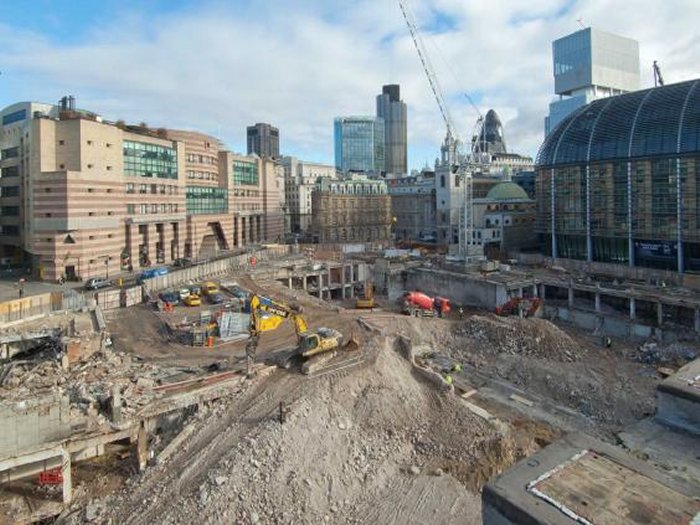
One of Britain’s top classicists and cursive Latin experts, Dr Roger Tomlin of Wolfson College, Oxford, deciphered and interpreted the tablets – often using specially lit photography and microscopic analysis.
“The Bloomberg writing tablets are very important for the early history of Roman Britain, and London in particular,” he said.
MessageToEagle.com

